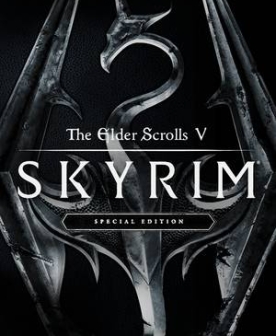Python Imaging Library Overview
时间:2007-09-21 来源:zhanyoun
摘自:pil-handbook
Introduction
The Python Imaging Library adds image processing capabilities to your Python
interpreter.
This library provides extensive file format support, an efficient internal representation,
and fairly powerful image processing capabilities.
The core image library is designed for fast access to data stored in a few basic pixel
formats. It should provide a solid foundation for a general image processing tool.
Let's look at a few possible uses of this library:
Image Archives
The Python Imaging Library is ideal for for image archival and batch processing
applications. You can use the library to create thumbnails, convert between file formats,
print images, etc.
The current version identifies and reads a large number of formats. Write support is
intentionally restricted to the most commonly used interchange and presentation formats.
Image Display
The current release includes Tk PhotoImage and BitmapImage interfaces, as well as a
Windows DIB interface that can be used with PythonWin. For X and Mac displays, you can
use Jack Jansen's img library.
For debugging, there's also a show method in the Unix version which calls xv to display the
image.
Image Processing
The library contains some basic image processing functionality, including point operations,
filtering with a set of built-in convolution kernels, and colour space conversions.
The library also supports image resizing, rotation and arbitrary affine transforms.
There's a histogram method allowing you to pull some statistics out of an image. This can
be used for automatic contrast enhancement, and for global statistical analysis.
The Python Imaging Library adds image processing capabilities to your Python
interpreter.
This library provides extensive file format support, an efficient internal representation,
and fairly powerful image processing capabilities.
The core image library is designed for fast access to data stored in a few basic pixel
formats. It should provide a solid foundation for a general image processing tool.
Let's look at a few possible uses of this library:
Image Archives
The Python Imaging Library is ideal for for image archival and batch processing
applications. You can use the library to create thumbnails, convert between file formats,
print images, etc.
The current version identifies and reads a large number of formats. Write support is
intentionally restricted to the most commonly used interchange and presentation formats.
Image Display
The current release includes Tk PhotoImage and BitmapImage interfaces, as well as a
Windows DIB interface that can be used with PythonWin. For X and Mac displays, you can
use Jack Jansen's img library.
For debugging, there's also a show method in the Unix version which calls xv to display the
image.
Image Processing
The library contains some basic image processing functionality, including point operations,
filtering with a set of built-in convolution kernels, and colour space conversions.
The library also supports image resizing, rotation and arbitrary affine transforms.
There's a histogram method allowing you to pull some statistics out of an image. This can
be used for automatic contrast enhancement, and for global statistical analysis.
相关阅读 更多 +
排行榜 更多 +










